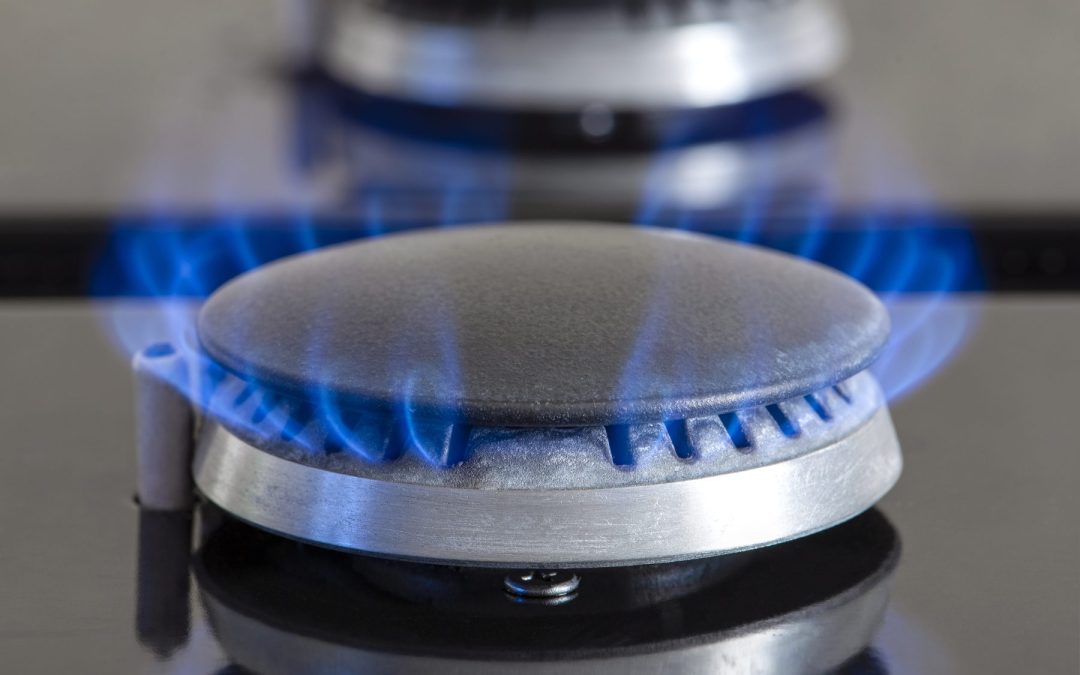If you own a gas fireplace or a traditional cooker installation with a flaming set of hobs, you will doubtless have noticed that a lot of the time the flame will glow with an intense blue hue rather than the yellows and oranges typically associated with fire.
This can be more easily seen by people who have used a Bunsen burner at school, where the adjustable flame starts with an intense cone of blue fire before it can be adjusted to make rather larger yellow flames.
A blue fire coming from a gas stove or a blue pilot light in a boiler is healthy and a sign that your stove is working as intended, but why is this the case?
The simplest explanation has to do with the relationship between colour and temperature. Fire is the result of a reaction between a fuel source and oxygen, and one of the byproducts besides intense heat and gases is light.
Despite the common usage of “red hot” to mean something that is intensely warm, red fires are actually at the lower side of the colour temperature spectrum, which is why a wood-burning stove that is cooling down will glow a deep shade of red before reaching invisible “infrared” levels
As it gets hotter, the colour will change from red to orange, then through yellow, white and finally blue. A blue flame is therefore highly efficient and despite our association of blue with cold, also an intensely hot flame as well.
There are some complexities in the practical use of combustion, which is why gas fires will glow yellow or orange if there is a problem. This is typically a sign of partial combustion, where not enough oxygen is being supplied relative to the fuel source, which produces carbon monoxide.
Impurities in a fire can also change its colour such as soot or byproducts of the substance being burned. This is why an open flame from a wood-burning stove tends to burn yellow due to the soot given off by the wood being used as a fuel.

